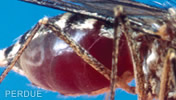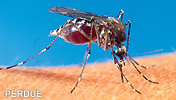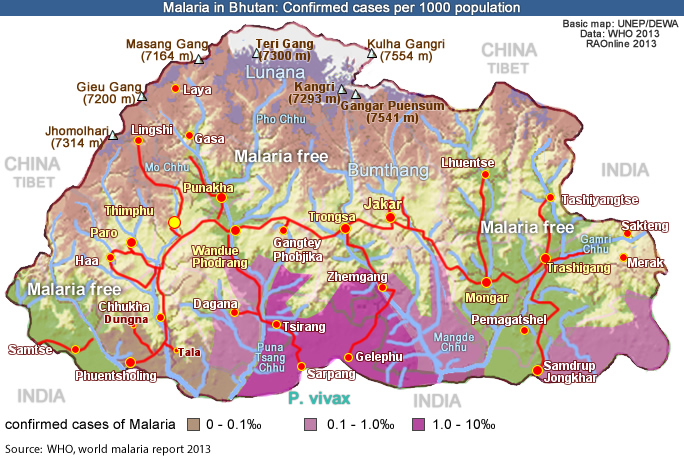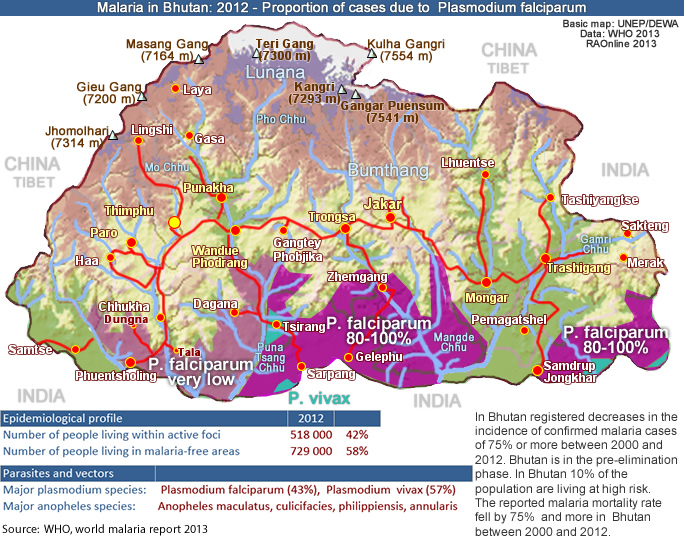 |
Bhutan Health |
 |
Bhutan Information |
|
|
 |
| About Malaria |
 |
| Malaria
caused by mosquito bites |
 |
| Malaria,
most often, is caused by the bite of a female Anopheles species mosquito that is infected with one of the four different species of the protozoan
genus Plasmodium, the parasitic protozoa that cause malaria. Plasmodium
vivax and Plasmodium falciparum were the two most common infections
found in Bhutan. |
|
Malaria
can also be transmitted via a blood transfusion or congenitally between
mother and fetus, although these forms of infection were rare, the health
officials said.
The
health officials warn that Plasmodium falciparum is the most widespread
and dangerous and if left untreated it can lead to fatal cerebral malaria.
 |
Fever,
cough, shaking chills, headache and pain in the joints are some early symptoms
of malaria. The patient usually remains "asymptomatic" for a week or more
after the infecting mosquito bite, said the health officials. Health
officials also advise the people to keep the surrounding areas clean and
dry by clearing drains frequently, clearing bushes around the dwellings
before spraying operations so that mosquito-resting places are destroyed.
|
|
Malaria is an acute febrile illness. In a non-immune individual, symptoms appear seven days or more (usually 10-15 days) after the infective mosquito bite. The first symptoms - fever, headache, chills and vomiting - may be mild and difficult to recognize as malaria. If not treated within 24 hours, P. falciparum malaria can progress to severe illness often leading to death. Children with severe malaria frequently develop one or more of the following symptoms: severe anaemia, respiratory distress in relation to metabolic acidosis, or cerebral malaria. In adults, multi-organ involvement is also frequent. In malaria endemic areas, persons may develop partial immunity, allowing asymptomatic infections to occur.
For both Plasmodium vivax and Plasmodium ovale, clinical relapses may occur weeks to months after the first infection, even if the patient has left the malarious area. These new episodes arise from dormant liver forms known as hypnozoites (absent in Plasmodium falciparum and Plasmodium malariae); special treatment - targeted at these liver stages - is required for a complete cure.
| There are four parasite species that cause Malaria in humans |
 |
|
Plasmodium falciparum
Plasmodium vivax
Plasmodium malariae
Plasmodium ovale
|
|
Plasmodium falciparum and Plasmodium vivax are the most common. Plasmodium falciparum is the most deadly.
In recent years, some human cases of malaria have also occurred with Plasmodium knowlesi - a species that causes malaria among monkeys and occurs in certain forested areas of South-East Asia.
Transmission
Malaria is transmitted exclusively through the bites of Anopheles mosquitoes. The intensity of transmission depends on factors related to the parasite, the vector, the human host, and the environment.
About 20 different Anopheles species are locally important around the world. All of the important vector species bite at night.
Anopheles mosquitoes breed in water and each species has its own breeding preference; for example some prefer shallow collections of fresh water, such as puddles, rice fields, and hoof prints. Transmission is more intense in places where the mosquito lifespan is longer (so that the parasite has time to complete its development inside the mosquito) and where it prefers to bite humans rather than other animals. For example, the long lifespan and strong human-biting habit of the African vector species is the main reason why more than 90% of the world's malaria deaths are in Africa.
| Malaria - a life-threatening disease |
 |
Malaria is a life-threatening disease caused by parasites that are transmitted to people through the bites of infected mosquitoes.
|
 |
In 2012, malaria caused an estimated 627 000 deaths (with an uncertainty range of 473 000 to 789 000), mostly among African children.
|
 |
Malaria is preventable and curable. |
 |
Increased malaria prevention and control measures are dramatically reducing the malaria burden in many places. |
 |
Non-immune travellers from malaria-free areas are very vulnerable to the disease when they get infected. |
According to the latest estimates, released in December 2013, there were about 207 million cases of malaria in 2012 (with an uncertainty range of 135 million to 287 million) and an estimated 627 000 deaths (with an uncertainty range of 473 000 to 789 000). Malaria mortality rates have fallen by 45% globally since 2000, and by 49% in the WHO African Region.
Most deaths occur among children living in Africa where a child dies every minute from malaria. Malaria mortality rates among children in Africa have been reduced by an estimated 54% since 2000.
Malaria is caused by Plasmodium parasites. The parasites are spread to people through the bites of infected Anopheles mosquitoes, called "malaria vectors", which bite mainly between dusk and dawn.
| Source: WHO, December 2013 |
 |
| Information on Bhutan |
 |
| Links |
 |
 |
 |
External
links |
|







